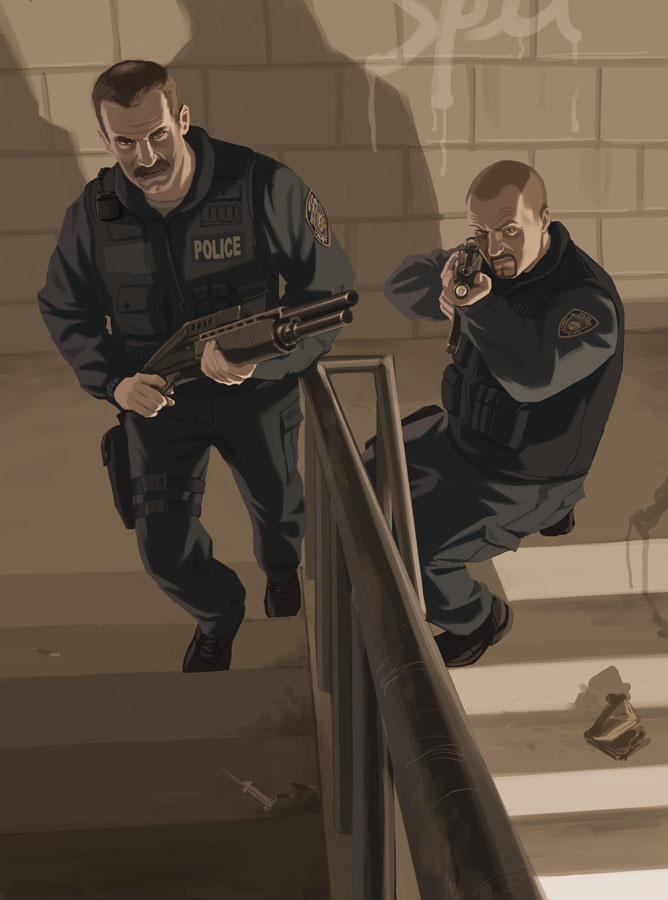
You'd start by taking this information from every user who visits your site. Let's say you want to understand how far users scroll down on your web page before they click away. What do heat maps tell us? Heat maps show us where visitors click, where they hover their mice, where they move their eyes and how far they scroll down. Heat maps are a kind of data visualization that supports the rapid iteration necessary to optimize your website and boost sales. Heat maps tell them whether users interact with the banner or not - and if they're not, the web developers could adjust their design. The marketing team would want to know whether its customers are clicking on the banner for the discount. Imagine an ecommerce site with a limited-time discount and advertising using a banner going across the top of the page.

Why is a heat map used? Why not another form of data visualization? The answer is that heat maps don't take a long time to understand and digest.
Work carefully to make sure your heat maps accurately reflect user interactions. It's possible to create heat maps that are unintentionally misleading. There are many methods - some work better than others. Heat maps are an excellent way to understand how people interact with a web application. Based on this understanding, developers can adjust the application to increase conversions or improve customer satisfaction. This color-coding gives analysts an at-a-glance understanding of whether a vital web page element, such as the call to action (CTA) of a landing page, is getting the attention it needs. Outlying areas receiving less attention are colored green or blue. An area receiving a significant number of clicks (or mouse hovers or scrolls) receives a warmer color, such as red, orange or white. They highlight the parts of the website to which visitors are paying the most attention.Ī heat map aggregates user interactions of a specific type - for example, it can measure how far down users scroll, where they hover their mouse, where they click and where they move their eyes. Website heat maps are a way for web designers and marketers to visualize how customers or prospects interact with their applications. For example, in a web design and marketing context, heat maps visualize the density of site visitors' attention. What is a heat map in business? Although heat maps were used initially to visualize population density, they've increasingly been used to visualize other kinds of density as well. This information is more granular - you don't just see the more populous districts, but you can also see the most densely populated apartments and housing complexes. Denser areas signifying warmer colors and dots are closer together. The information itself takes the form of colored shapes - technically known as isopleths - corresponding to areas where people live. Information relating to population density is overlain directly on the map of the town instead of being siloed into a separate chart. You need to constantly move between the bar graph and your town's map to understand your data.Ī heat map is both more granular and more understandable. 
You could create something similar to a bar graph - whereby each district gets a bar, and the bar is longer for areas with a higher density - but this approach lacks granularity. In their simplest form, heat maps are a way to measure and visualize density.įirst, let's imagine you want to create a population density map in the town where you live. To drill down past just which sites people are visiting and for how long, you’ll need to use a visualization tool called a heat map. This information can help you set up your site in a more user-friendly way. Heat maps help you understand how users and customers interact with your website, giving insight into things like where they’re looking and how far down they’re scrolling. East, Nordics and Other Regions (opens in new tab)






 0 kommentar(er)
0 kommentar(er)
